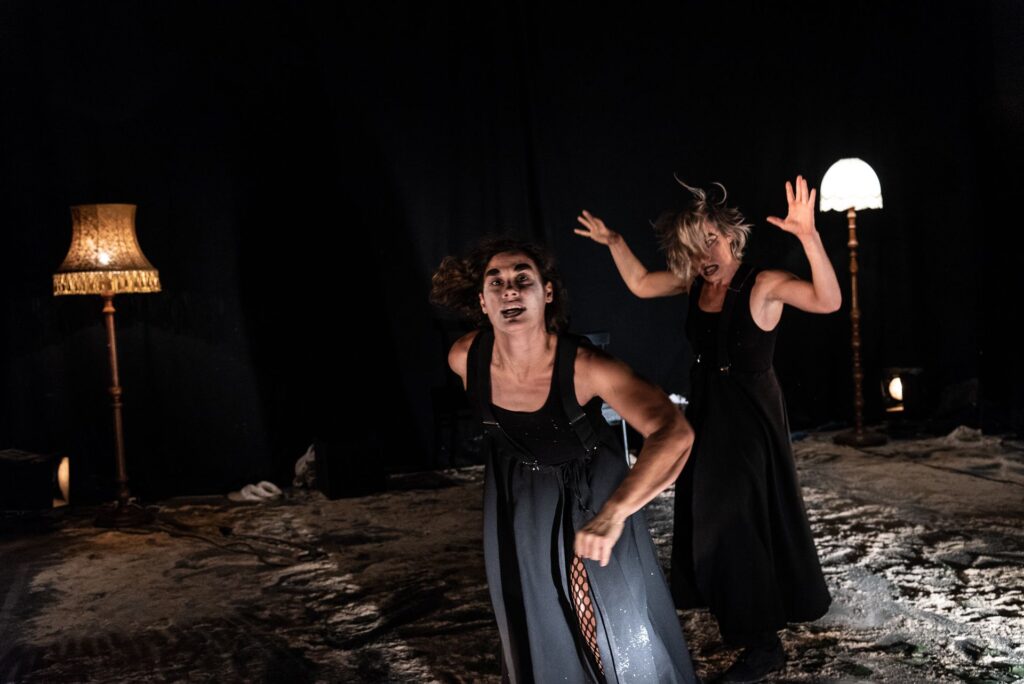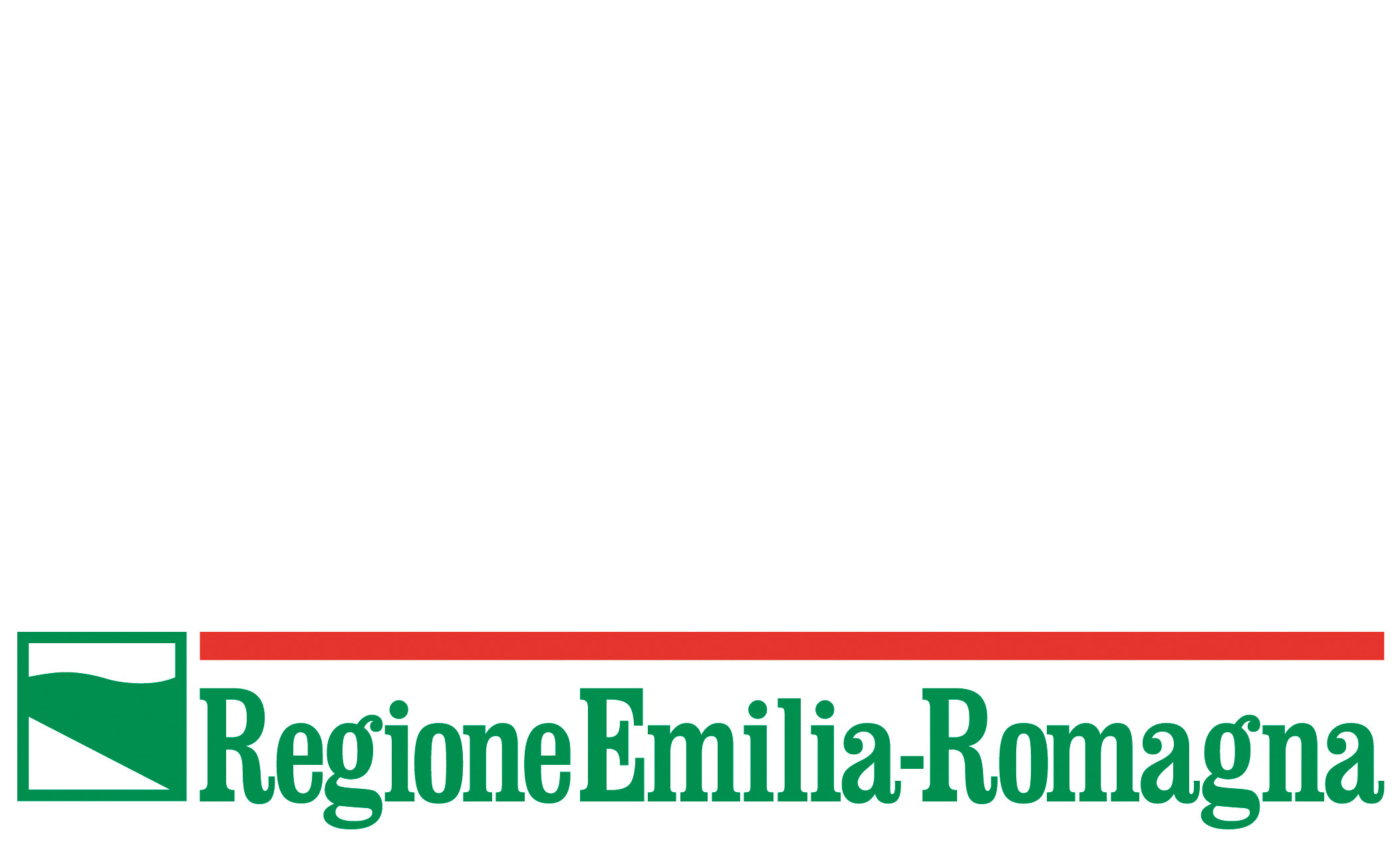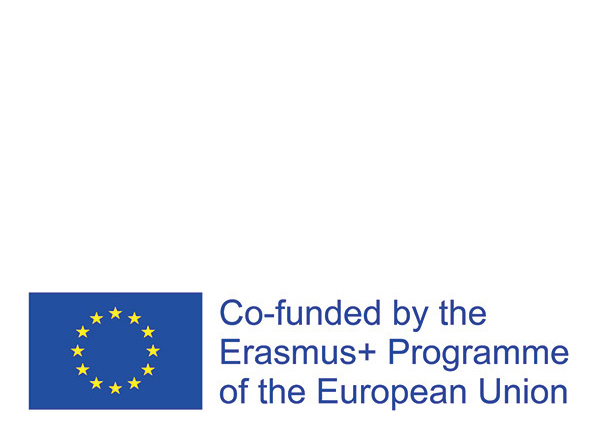
Directed by Cora Herrendorf
with Natasha Czertok, Martina Pagliucoli
Scenography Teatro Nucleo
Costumes Ivonne Mancinelli
Light design Franco Campioni
Producton Teatro Nucleo 2017/2018 col sostegno di Regione Emilia Romagna e Mibact
“SPECIAL PRIZE” Premio Città di Leonforte 37° edition – theater section
Dame la mano is the continuation of a research that Cora Herrendorf, co-founder of the Teatro Nucleo (1974), has been carrying out for several years on theatre as a method of historical research in the Feminine Universe. In 2007 she created Donne Comunitarie, a theatrical group made up of women of different generations and directs the play “Signora Memoria-viaggio nella memoria femminile”, “La Balera di Filomela” a play about violence against women and “Asylum-il manicomio delle attrici”, a tribute to Alda Merini’s poetic art and research based on the experience of asylum internment.
For Cora Herrendorf and Teatro Nucleo, the permanent study on memory is a living tool that has led not only to the creation of a long series of performances, but also to various theatre workshops and pedagogical projects in places of suffering, social and cultural discrimination.
“Dame la Mano” has its origins in the 80s when Herrendorf worked on a first montage inspired by Le Serve, entitled “A Media Luz” and interpreted by the actors Paolo Nani and Antonio Tassinari.
Taking up the same text almost forty years later, in a social and political climate that tends to legitimize male-influenced offenses and violence, the choice falls on two actresses and becomes a research on the feminine. Here the staging, the complex and mysterious mechanism of the “theatre within the theatre” merges with the ritual, in a scenic writing that comes to life from improvisations, choreographic scores and from a research that sees director and actresses engaged in digging into an equally mysterious territory: that of the female soul, of being a woman in a more intimate, profound, hidden, sometimes unmentionable way.
In “Le Serve” by Jean Genet, a work focused on the relationship between two sisters working for a rich lady and on the complex and ambiguous relationship of these with “Madame”, “the little theatre” is staged every day. A pantomime through which one after the other the sisters swap the roles of servant / mistress, wearing Madame’s clothes when she is not there, in a meta-theatrical mechanism that Genet created as a metaphor for “beings imprisoned in the dark”
Our Madame is as invisible as, at the same time, present.
Every gesture is addressed to her, she does not appear but could be anywhere. Her presence is as liquid as power, as God. She sneaks between them making the conflict spring and explode in a grotesque way. On the other hand, in the instructions to the staging (“Come Recitare Le Serve”), Genet concludes with a note, that is a plea: “One must at one time believe and refuse to believe, but in order to believe, the actresses must not act according to a realistic form.
From non-realism Cora Herrendorf has reached the grotesque.
The choice of the grotesque accompanied the actresses in the search for gestures, the amplification of the defect, the grimace.
In the evolution of the show, the grotesque dimension is opposed to the intimate one, in which the research linked to the feminine emerges.
The transformation that takes place on stage is a ritual in which the actresses abandon their roles and meet themselves.
With the help of the poetess Wislawa Symborzska, subjectivity becomes a poetic metaphor. With her nuances and internal glances she allows the reader to recognize themselves.
Her poetry was immediately related to the directorial and acting construction, because on both sides there was no pretext to teach or explain something, but rather to search through one’s emotional memory to find images that could excite around universal themes such as impotence, anger, solidarity, motherhood.
Cora Herrendorf writes: “In our theater the goal is the transformation of emotional memory into a poetic metaphor. The director carries out a permanent work of sociological and anthropological investigation in order to understand the historical-geographic field, social conditions, cultural roots and to be able to deal with the theme of collective memory. The original context, tied to the historical-social one, exercises mandates in the life of future generations. The dark zones can be perceived thanks to the activation of the clear zones, of what is “known”.
Reviews of Dame la mano
Giuseppe Liotta – Hystrio
“A small masterpiece of formal perfection and emotional communication given by that ingenious sentimental and ideological intertwining that transmigrates from the Genettian text to the verses of the poets closest, to the women’s universe”.
Manuela Rossetti – Krapp’s Last Post
The theatre performance is a journey that eludes Genet’s literary input, runs and dances towards an intimate search of being feminine, leaving the doubt that by feminine we mean something even broader than the simple concept of being a woman. Femininity as art, as creation. As movement and life.
Enrico Piergiacomi – Theatrical Observatory. University of Trento
“Dame la mano is more than a condemnation of society and of overwhelming power: it is a beautiful lyrical painting on the importance of poetry in life”.
Daniele Rizzo – Persinsala
“Dame la mano” becomes a function of a liberation urge, the possibility of a Poetic communication on a more visceral level, but not for this less deep, psychological, social and political”.




Lascia un commento